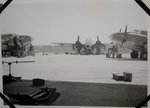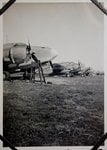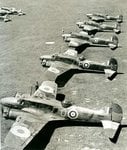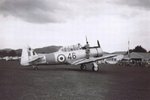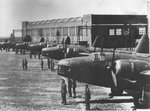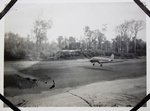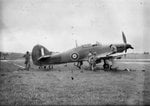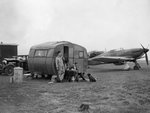Wildcat
Major
Great stuff! One correction though, the Avro York shown (except the top photo) are of MW140 which served with the RAAF's Governor Generals Flight. By the looks of terrain I'd guess these photos were taken at Bougainville during the GG's tour of the New Guinea area in late '45.

